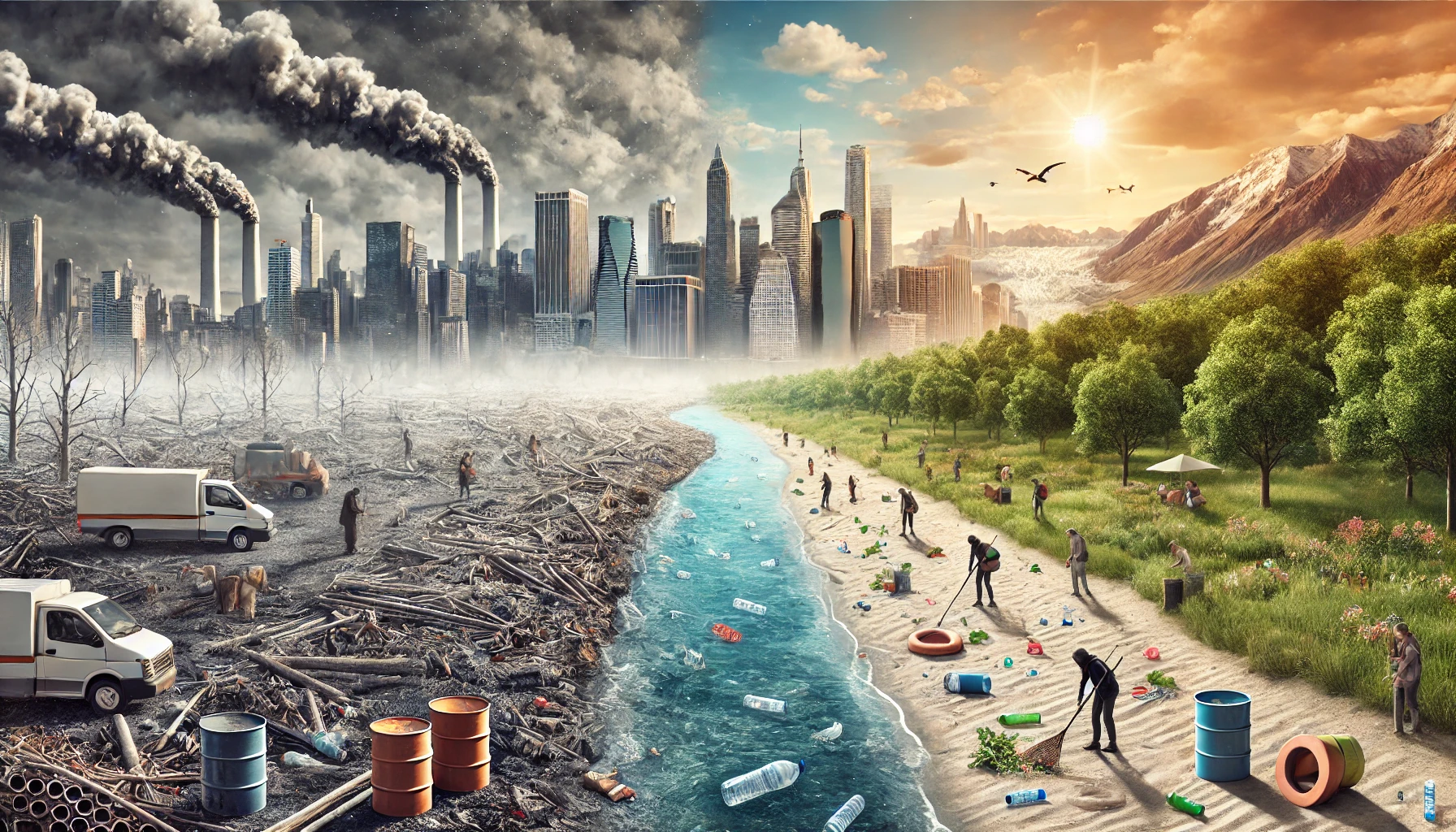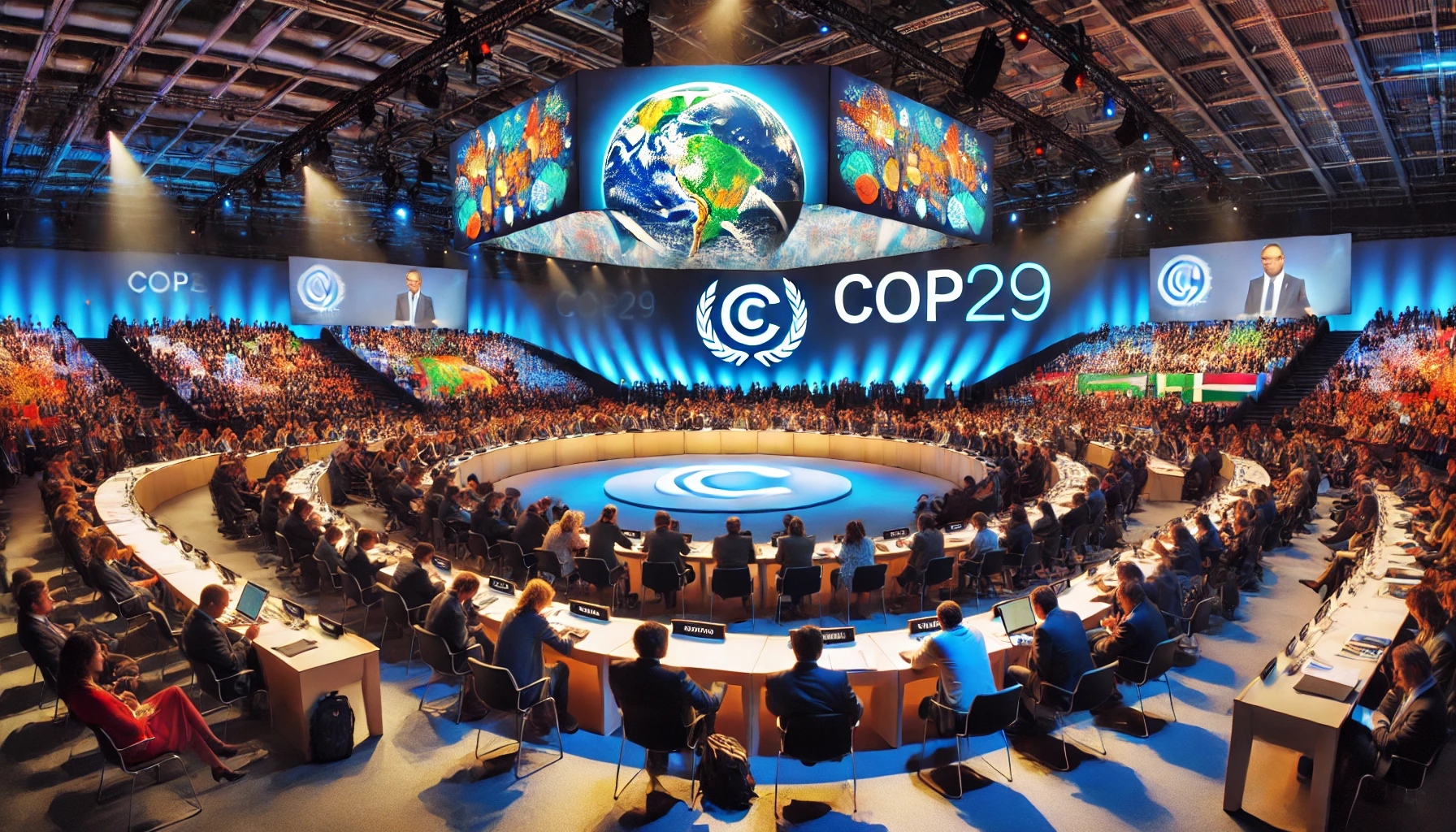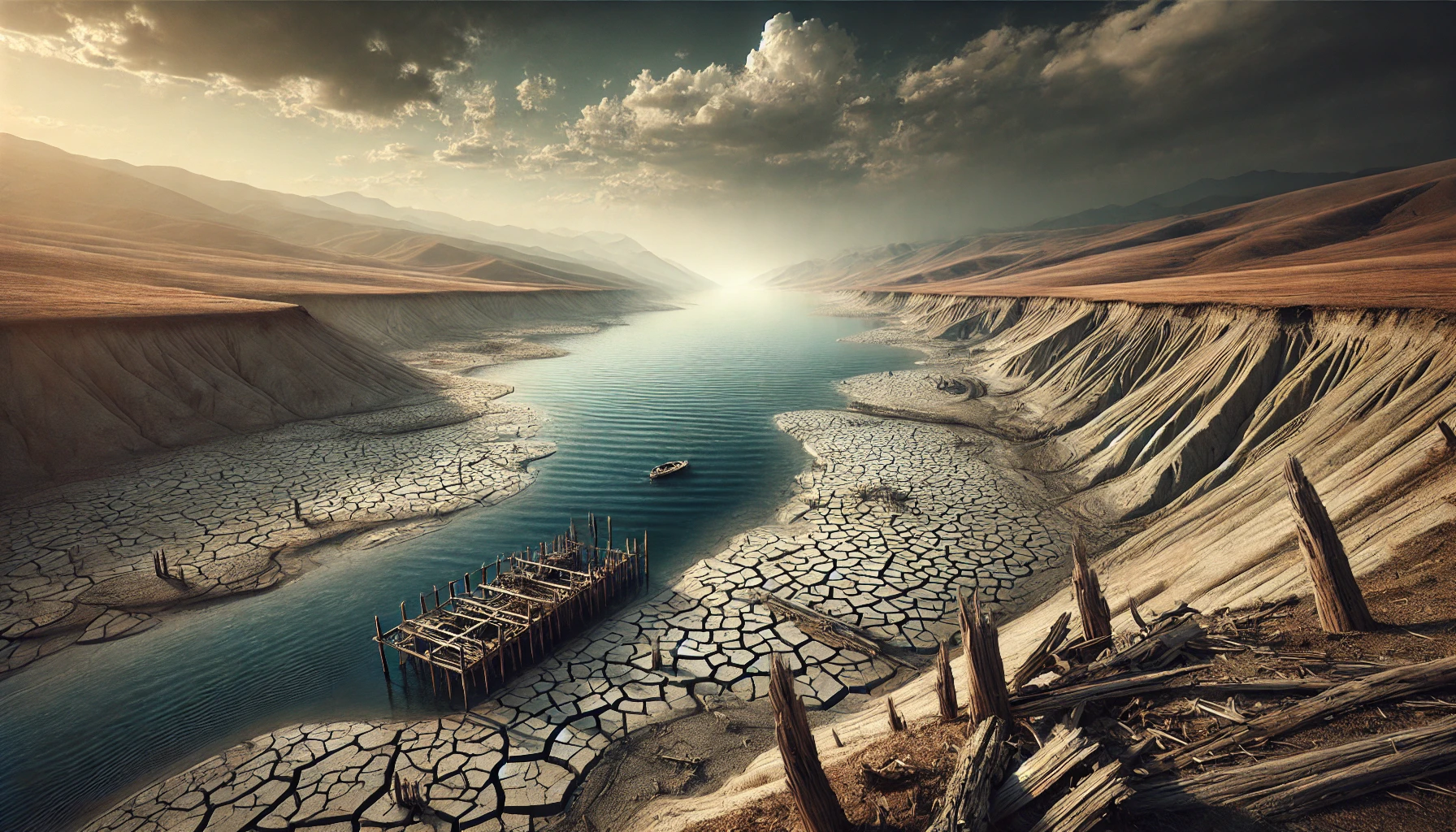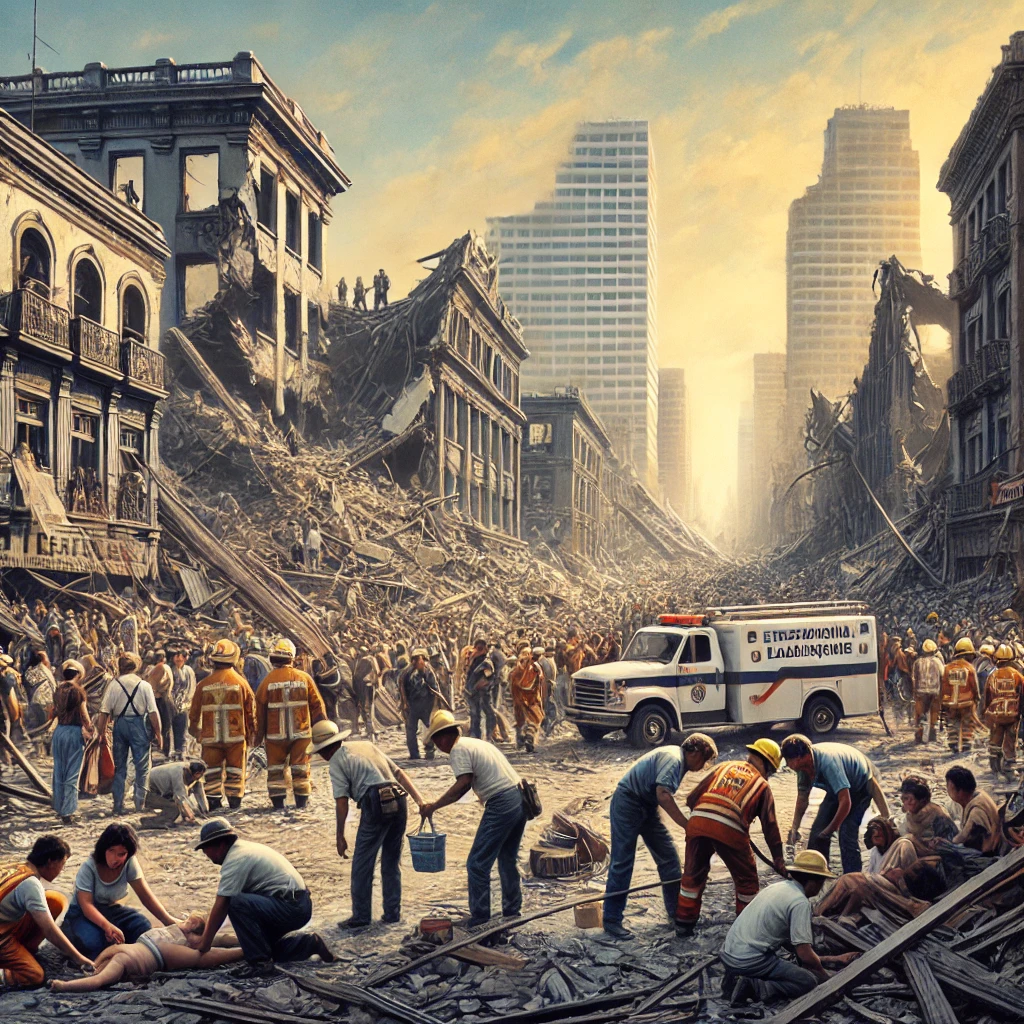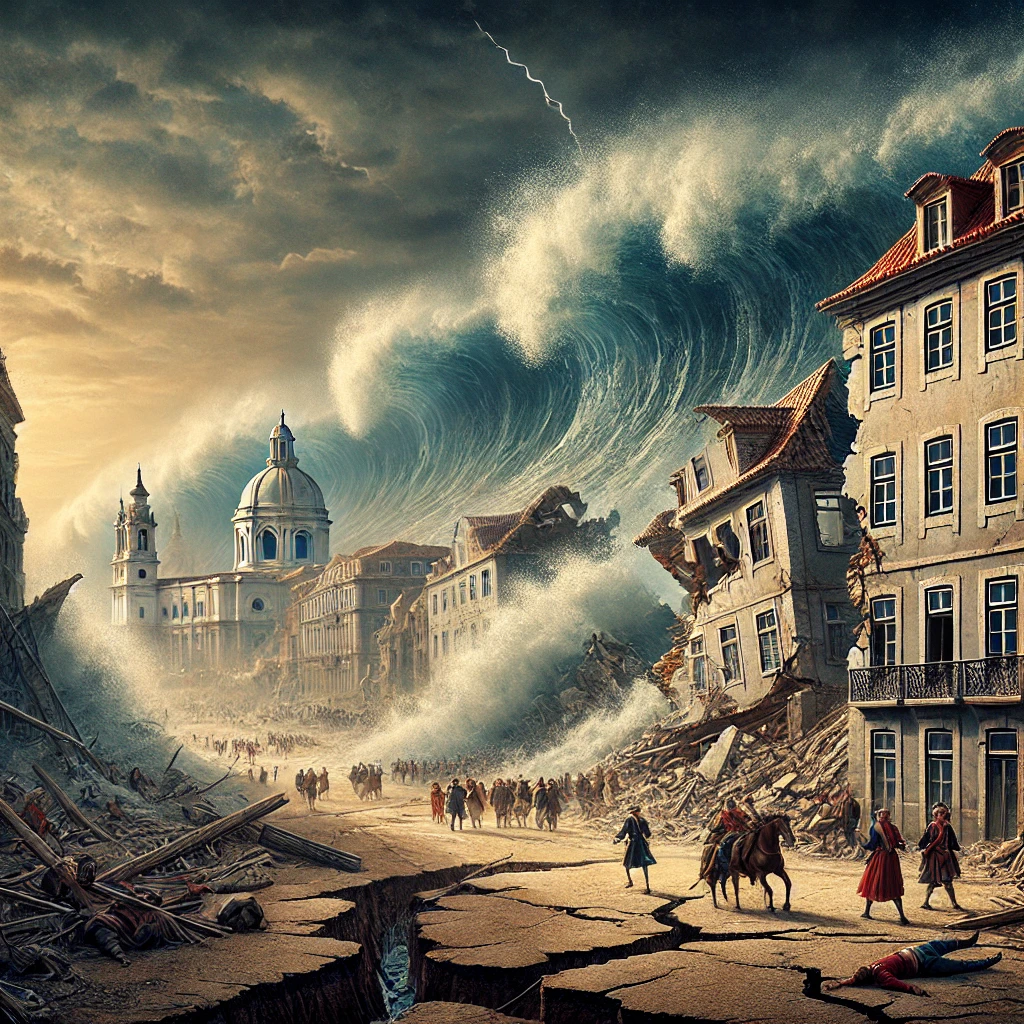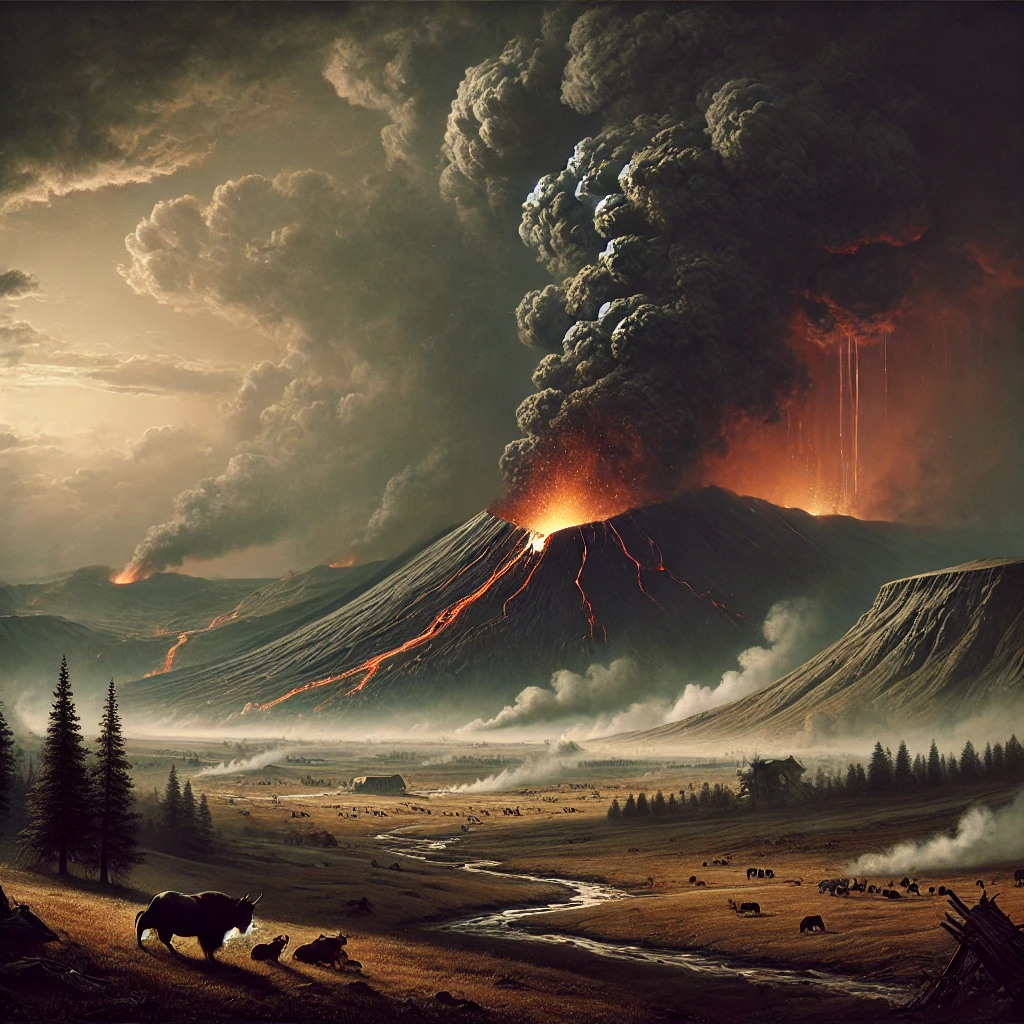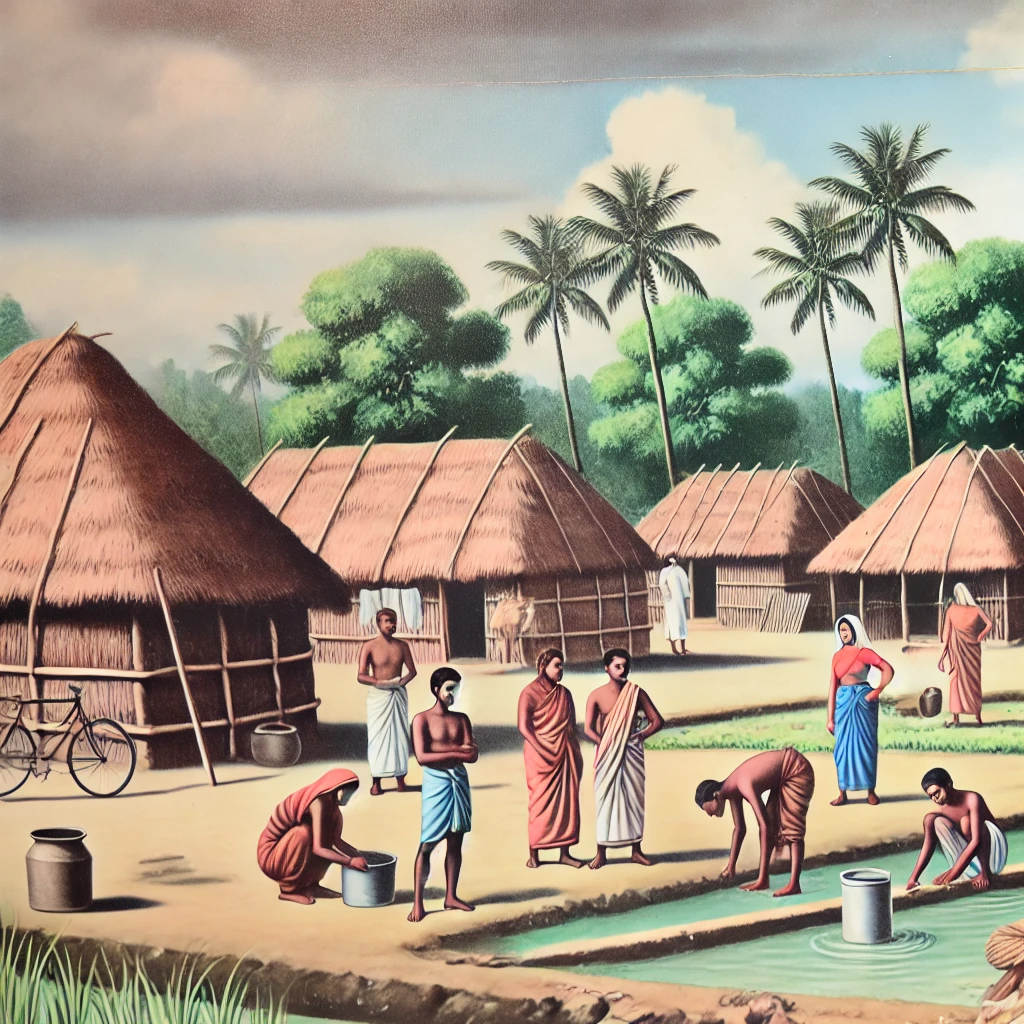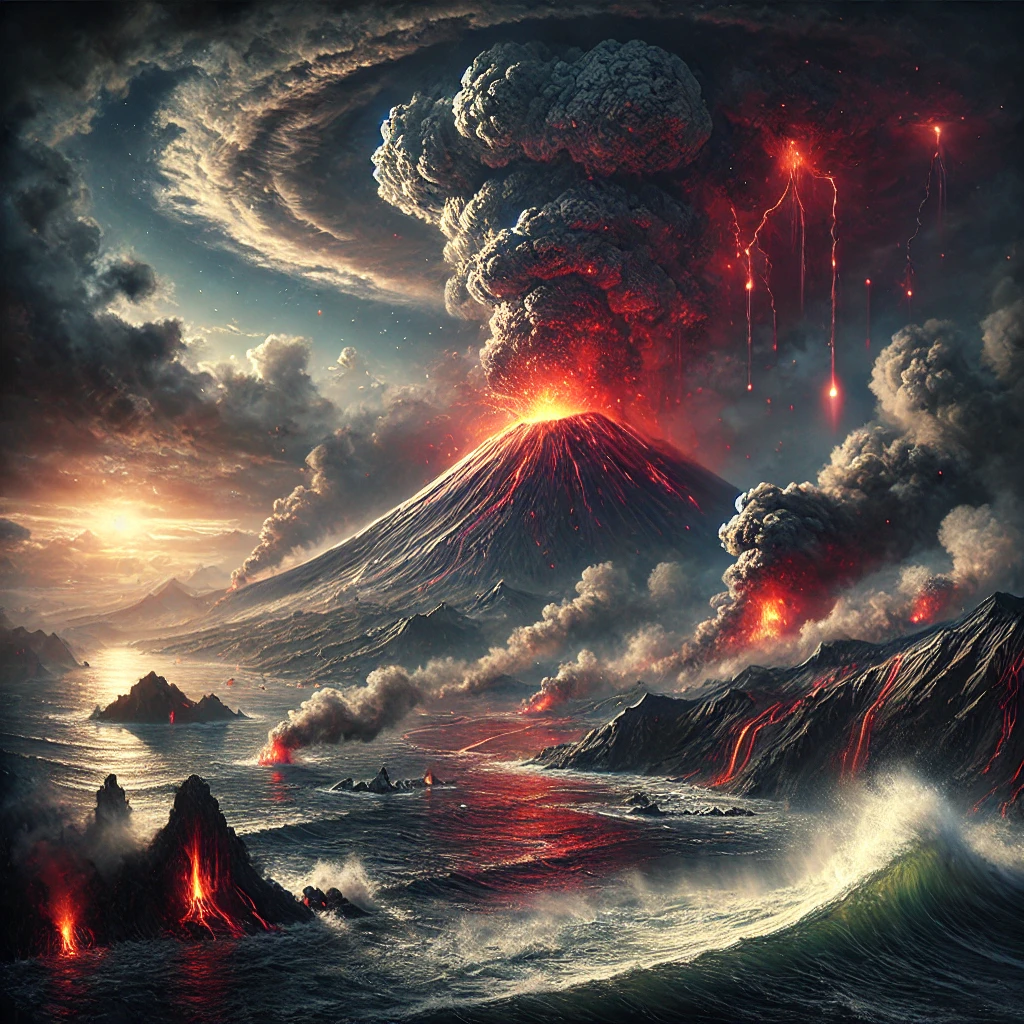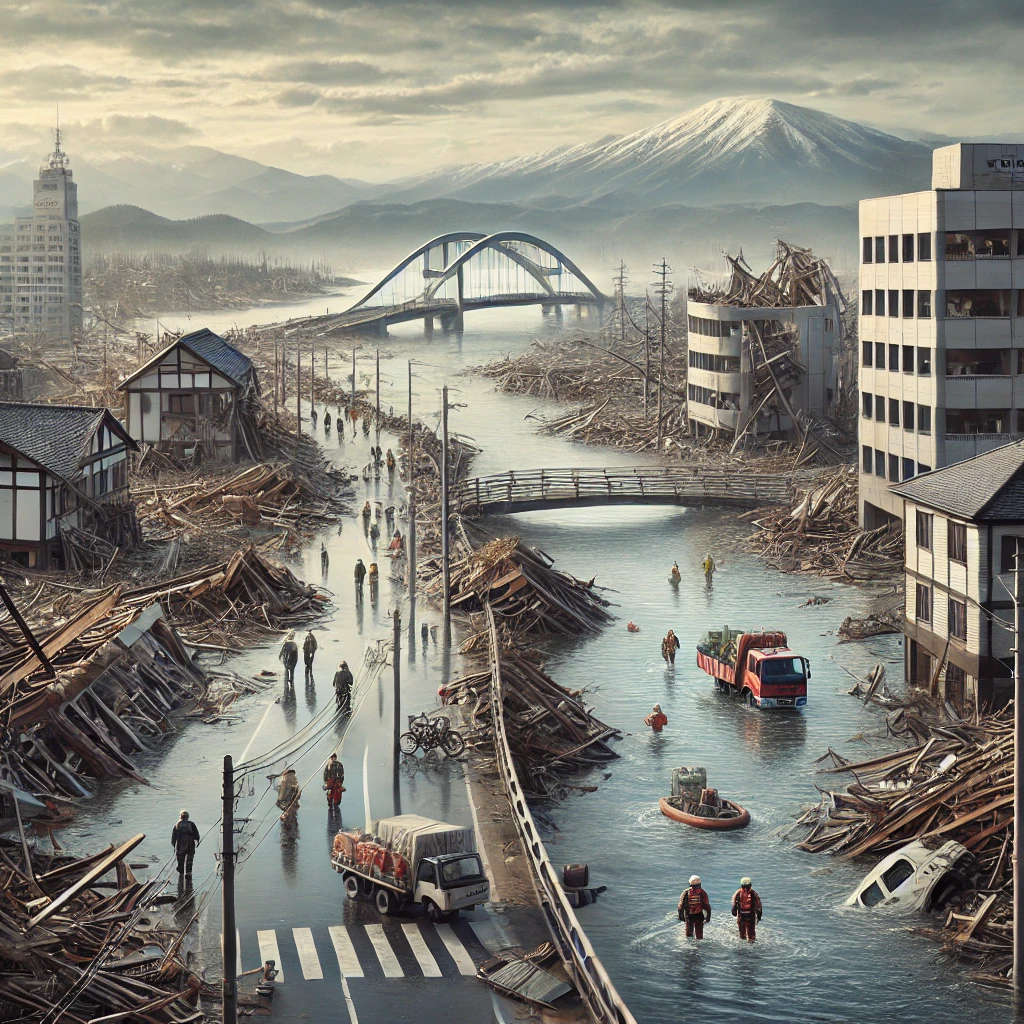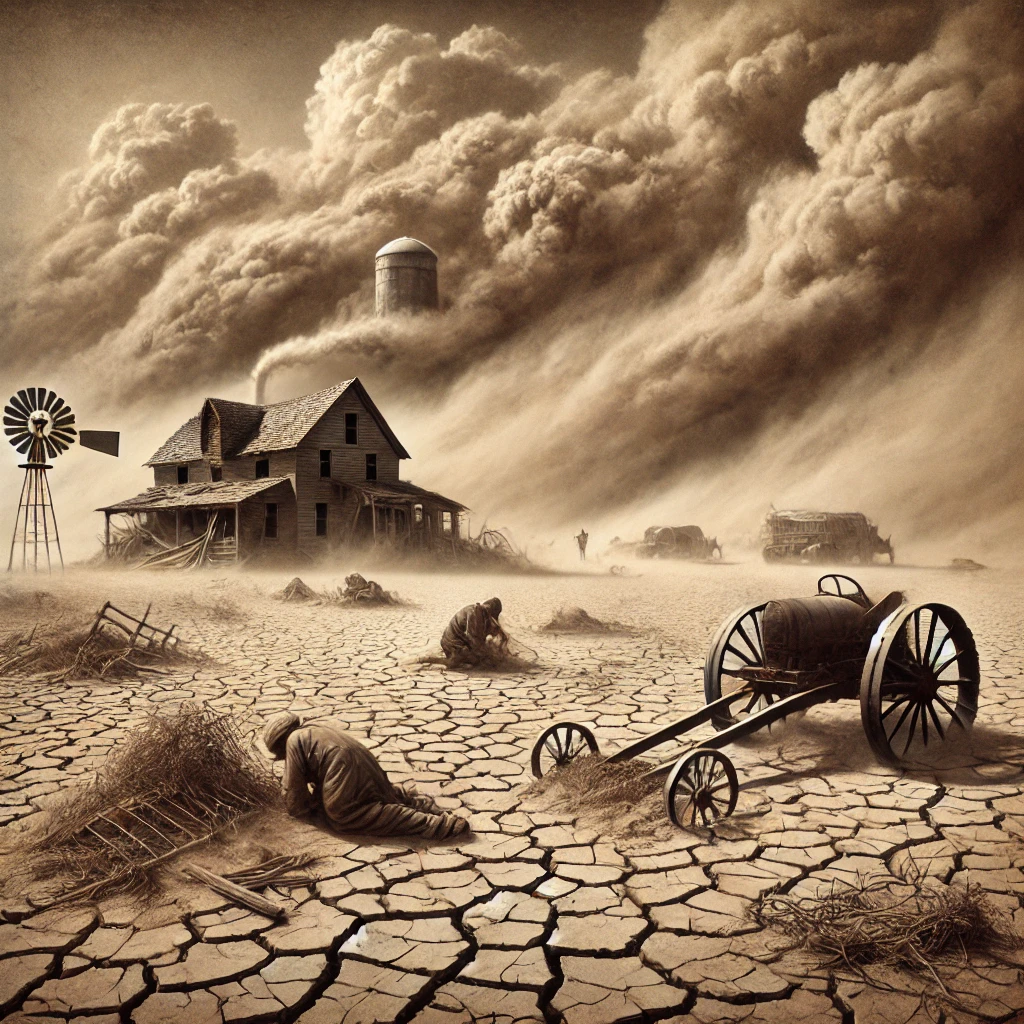Major Environmental Challenges of 2025: Addressing the Global Crisis
As we step into 2025, the planet faces escalating environmental challenges that demand urgent attention. From climate change to biodiversity loss, these issues threaten ecosystems, economies, and human well-being. Understanding and addressing these major challenges is crucial to ensuring a sustainable future. Top Environmental Challenges of 2025 1. Accelerating Climate Change The impacts of global … Read more

